Discovering Hidden Paradises And Pristine Shores
- by WandersWise
- 11 de June de 2024
Indonesia has long been synonymous with Bali’s crowded beaches and Instagram-famous rice terraces. But with over 17,500 islands spanning three time zones, this vast archipelago harbors countless untouched shores and secret paradises that remain delightfully authentic. My month-long journey across Indonesia’s lesser-known islands revealed a world where pristine beauty and genuine cultural experiences still await the intrepid traveler.
Beyond Bali: First Steps into Uncharted Territory
My Indonesian adventure began not in Denpasar, but with a flight to Labuan Bajo, the modest gateway to Flores Island and the Komodo National Park. From the small aircraft window, the landscape below unfolded like a crumpled emerald blanket dropped into an azure sea—jagged mountains covered in thick jungle, ringed by white-sand beaches and coral reefs.
The modest airport gave way to a bustling fishing town where wooden pinisi schooners bobbed alongside modern dive boats in the harbor. My accommodation, a family-run guesthouse perched on a hillside, offered sweeping views of islands scattered across the Flores Sea like stepping stones for giants. “Most people just pass through to see the dragons,” explained my host, Nyoman. “They miss so much of what makes Flores special.”
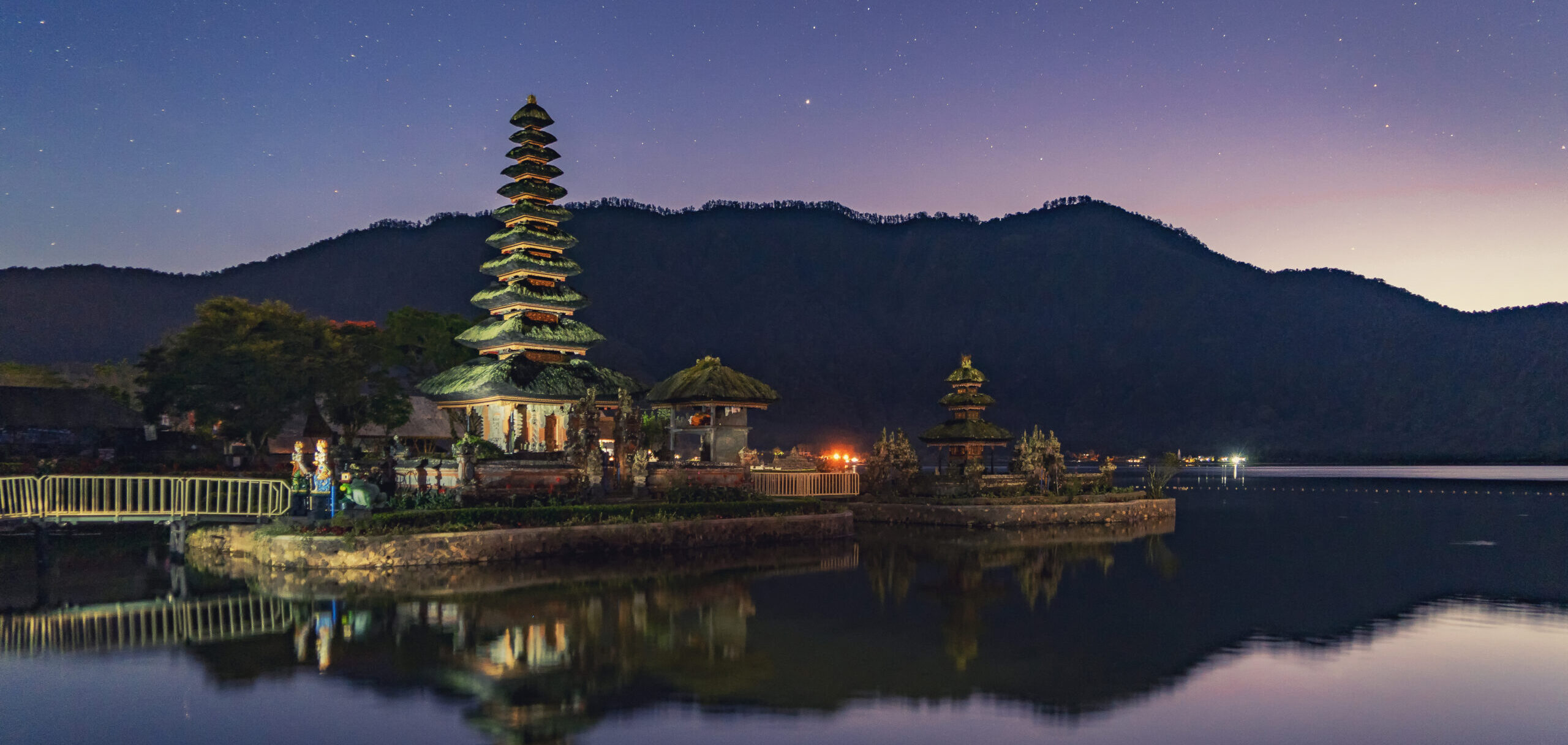
Dragons and Deserted Shores
The following morning, I boarded a traditional wooden boat for a multi-day sailing adventure through Komodo National Park. While the fearsome Komodo dragons on Rinca Island lived up to their prehistoric reputation—our guide kept us at a safe distance from their surprisingly quick movements and toxic bite—it was the park’s marine environment and secluded beaches that truly stole my heart.
At Pink Beach, one of just seven such shores in the world, I walked along sand tinted rose by millions of crushed red coral fragments. Swimming in the crystalline waters, I encountered a dizzying array of marine life—vibrant parrotfish nibbling at coral, curious sea turtles gliding past, and once, to my exhilaration, a small reef shark patrolling the drop-off.
Our captain anchored each night in sheltered bays where we were often the only boat in sight. One evening, as we swam in water turned to liquid gold by the setting sun, we witnessed one of nature’s most spectacular displays—manta rays feeding at the surface, their enormous winged forms backlit by the amber light.
“This spot,” whispered our guide Putu, “I don’t tell many people about. Too many boats would scare the mantas away.” In that moment, I understood the delicate balance between discovering paradise and preserving it.
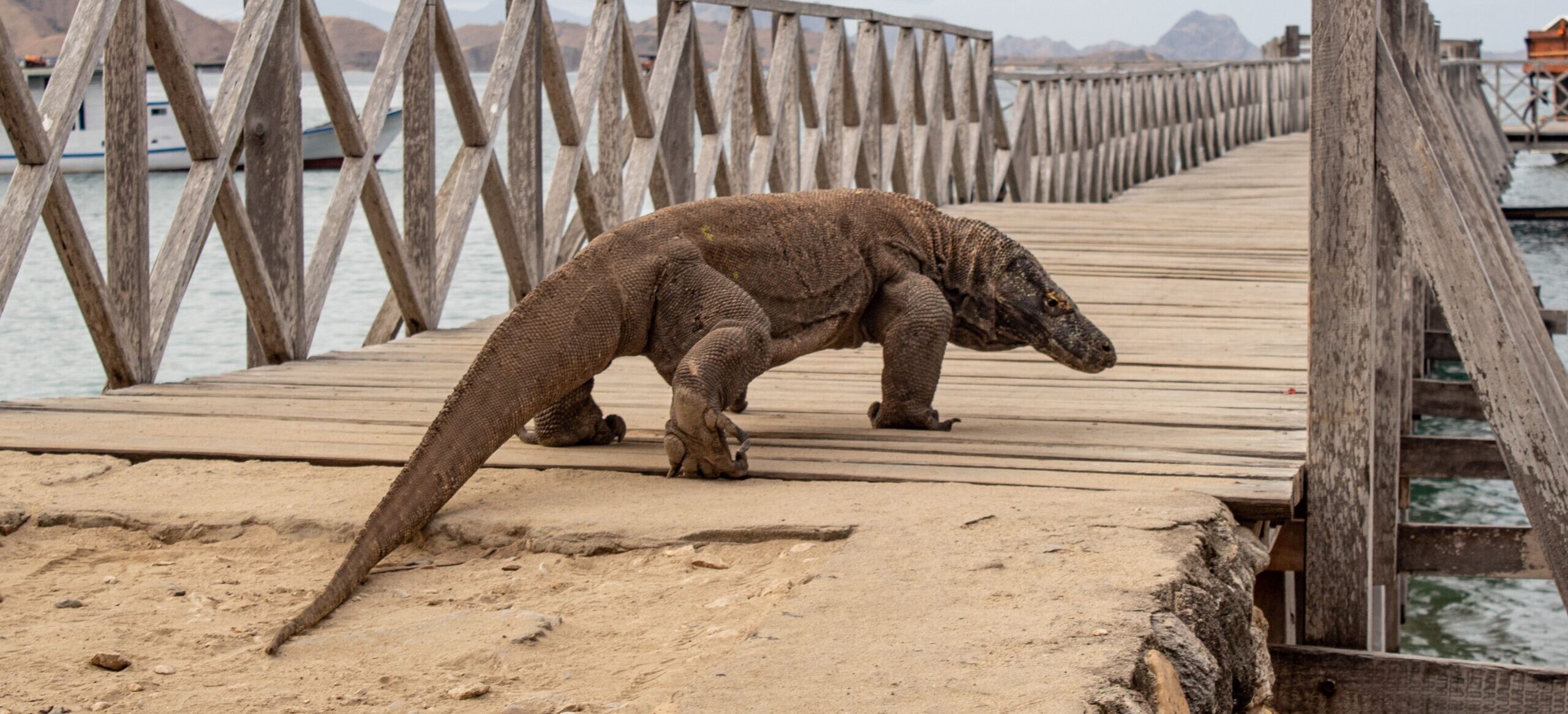
The Forgotten Islands of Maluku
From Flores, I took a series of increasingly smaller planes and finally a wooden ferry to reach the Banda Islands, once the world’s only source of nutmeg and the center of bloody colonial struggles, now a peaceful backwater where time seems to have stood still since the Dutch departure in the 1950s.
In Bandaneira, the main settlement, colonial-era mansions and crumbling forts stand as silent witnesses to a tumultuous past. The streets were quiet except for the occasional motorbike and children playing in the shadow of a 17th-century fortress. My guesthouse, a restored Dutch colonial home, still had cannonballs embedded in its thick walls.
“We get maybe ten tourists a week here,” said my host Abdullah, serving freshly caught tuna for breakfast. “Mostly divers or history lovers.” The isolation has preserved not just Banda’s historical character but also its natural wonders. Snorkeling directly off the main street, I drifted above coral gardens that seemed untouched by human hands, swarming with fish species I’d never encountered in more frequented destinations.
A local fisherman named Pak Hassan took me on his wooden outrigger to even more remote islands in the Banda archipelago. At Pulau Hatta, we anchored beside a beach with no footprints but our own. The coral reef just meters from shore rivaled any I’d seen in marine reserves, with table corals larger than my wingspan and reef fish in impossible colors.
“My grandfather showed me this place,” Hassan said proudly. “I only bring people here who I think will respect it.” That evening, we camped on the beach beneath a sky unblemished by light pollution, the Milky Way arcing overhead like a celestial river
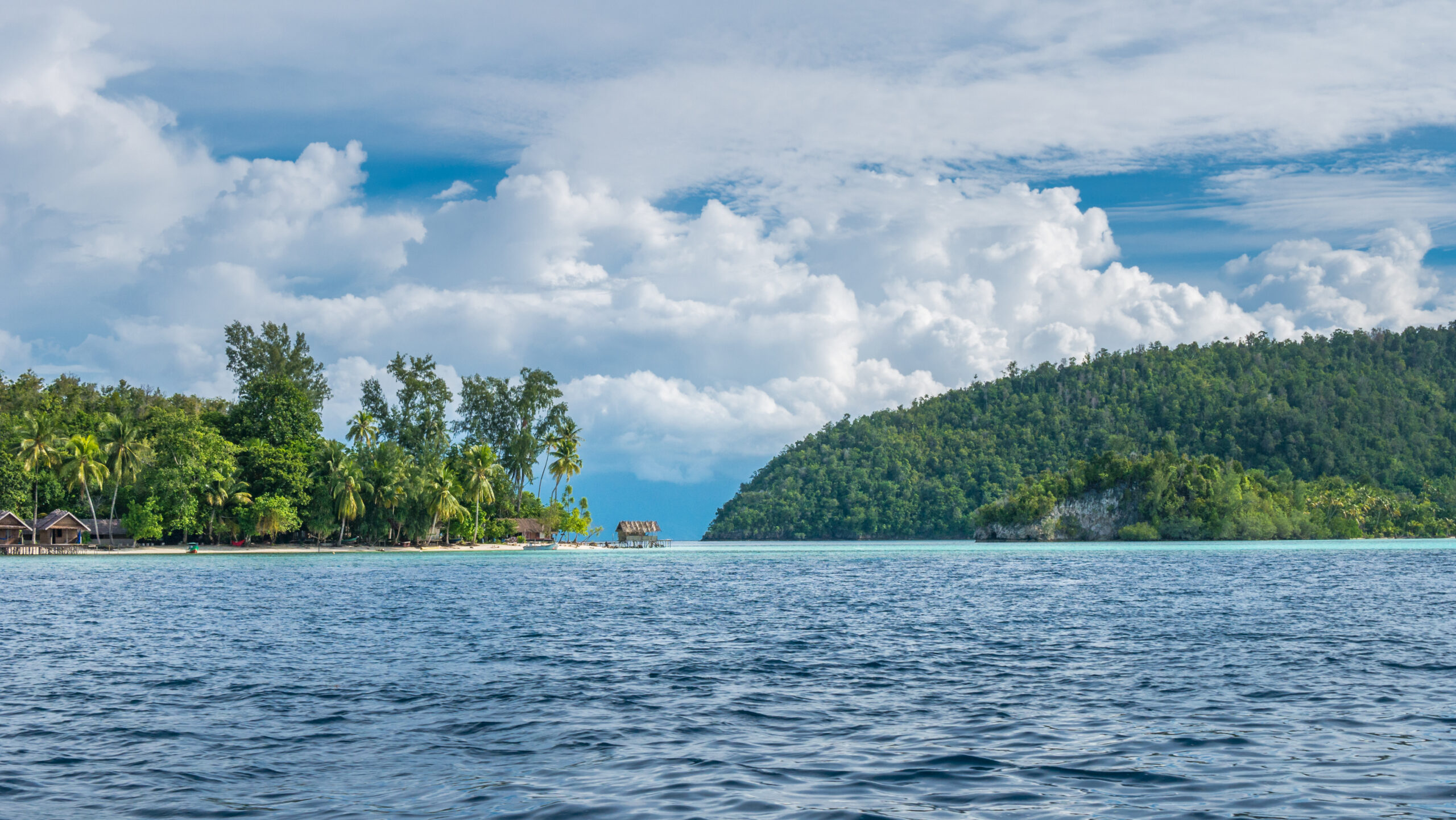
Raja Ampat: The Last Marine Frontier
No exploration of Indonesia’s hidden paradises would be complete without mentioning Raja Ampat, an archipelago off West Papua’s Bird’s Head Peninsula. Though increasingly on travelers’ radar, its remoteness and relatively high cost have preserved its status as one of the planet’s last marine frontiers.
Reaching Raja Ampat required determination—a flight to Sorong, followed by a four-hour ferry crossing to Waisai, then another boat ride to my homestay on Gam Island. The journey’s complexity acted as a natural filter, ensuring only the most committed travelers make it here.
My accommodation was simple—a wooden bungalow built over the water on stilts, with a small deck where I could watch blacktip reef sharks patrolling below. There was no air conditioning, unreliable electricity from a generator, and limited fresh water, but these minor discomforts faded into insignificance with my first dive.
Descending into Raja Ampat’s waters is like entering another dimension. The biodiversity here exceeds anywhere else on Earth, with over 1,500 fish species and 75% of the world’s known coral species concentrated in this single archipelago. Swimming through schools of fish so dense they temporarily blocked the sunlight, I felt like an explorer in an undiscovered country.
“We’re still finding new species here,” explained my dive guide Meiky, himself a Papuan who grew up spearfishing these reefs before becoming their passionate protector. “Scientists come every year and discover something no one has seen before.”
Between dives, Meiky took me to hidden lagoons accessible only through narrow channels at specific tide levels. At Wayag, I climbed a steep limestone karst for the archipelago’s defining view—dozens of mushroom-shaped islands rising from a turquoise labyrinth. Despite the growing fame of this vista, we shared the viewpoint with just two other travelers.
Cultural Encounters in Isolated Communities
What distinguishes Indonesia’s remote islands beyond their natural beauty is the cultural authenticity that persists where mass tourism hasn’t reached. On Seram Island in Central Maluku, I was invited to witness a traditional sasi ceremony—the ritualistic opening of a reef area that had been closed to fishing for several years to allow marine populations to recover.
The village elders, dressed in traditional bark cloth and adorned with hornbill feathers, conducted ancient rituals to thank the ancestors and sea spirits before declaring the reef open. Later, at a feast where freshly caught fish was served alongside sago pancakes, I listened to polyphonic singing unlike anything I’d heard elsewhere in Indonesia.
“Many young people leave for the cities,” the village headman told me through a translator. “We worry these traditions may be forgotten. When travelers show interest, it reminds our children that our way of life has value.”
Similar authentic encounters occurred throughout my journey. In a small village on Morotai Island, I learned traditional fishing methods from elders who still practiced techniques passed down through generations. On Wetar, one of the most isolated inhabited islands in the Lesser Sundas, I was shown how to extract sea salt using methods unchanged for centuries.
These interactions never felt staged or performative—they were simply glimpses into daily life in places where tourism remains a novelty rather than an industry.
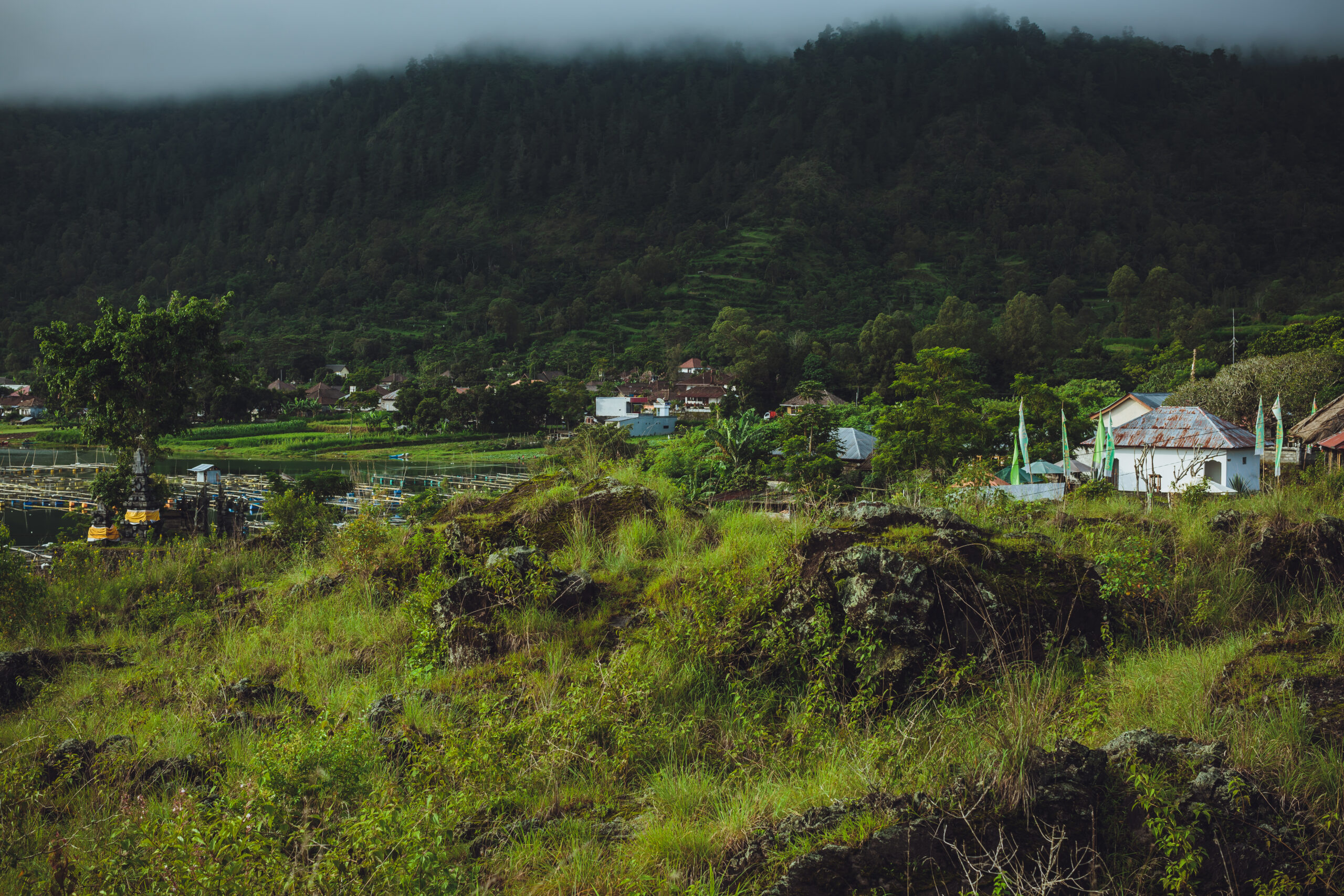
Conservation Challenges in Paradise
The pristine nature of Indonesia’s hidden shores faces mounting threats from climate change, plastic pollution, and development pressure. Yet in many remote areas, locally-driven conservation initiatives offer hope.
In the Kei Islands, I visited a community-managed marine protected area where local fishermen had become conservation enforcers. “We noticed fish getting smaller and fewer,” explained Made, who patrolled the waters in a small motorboat. “Now we have no-take zones, and everyone can see the difference—the fish are returning.”
Similar grassroots efforts exist throughout the archipelago, often supported by small eco-tourism ventures that provide alternative livelihoods. On Misool Island in Raja Ampat, a former shark finning camp has been transformed into an eco-resort that employs locals to protect rather than exploit the surrounding reefs.
These initiatives demonstrate how thoughtful tourism can be a force for preservation rather than degradation, particularly when visitors seek authentic experiences over luxury and convenience.
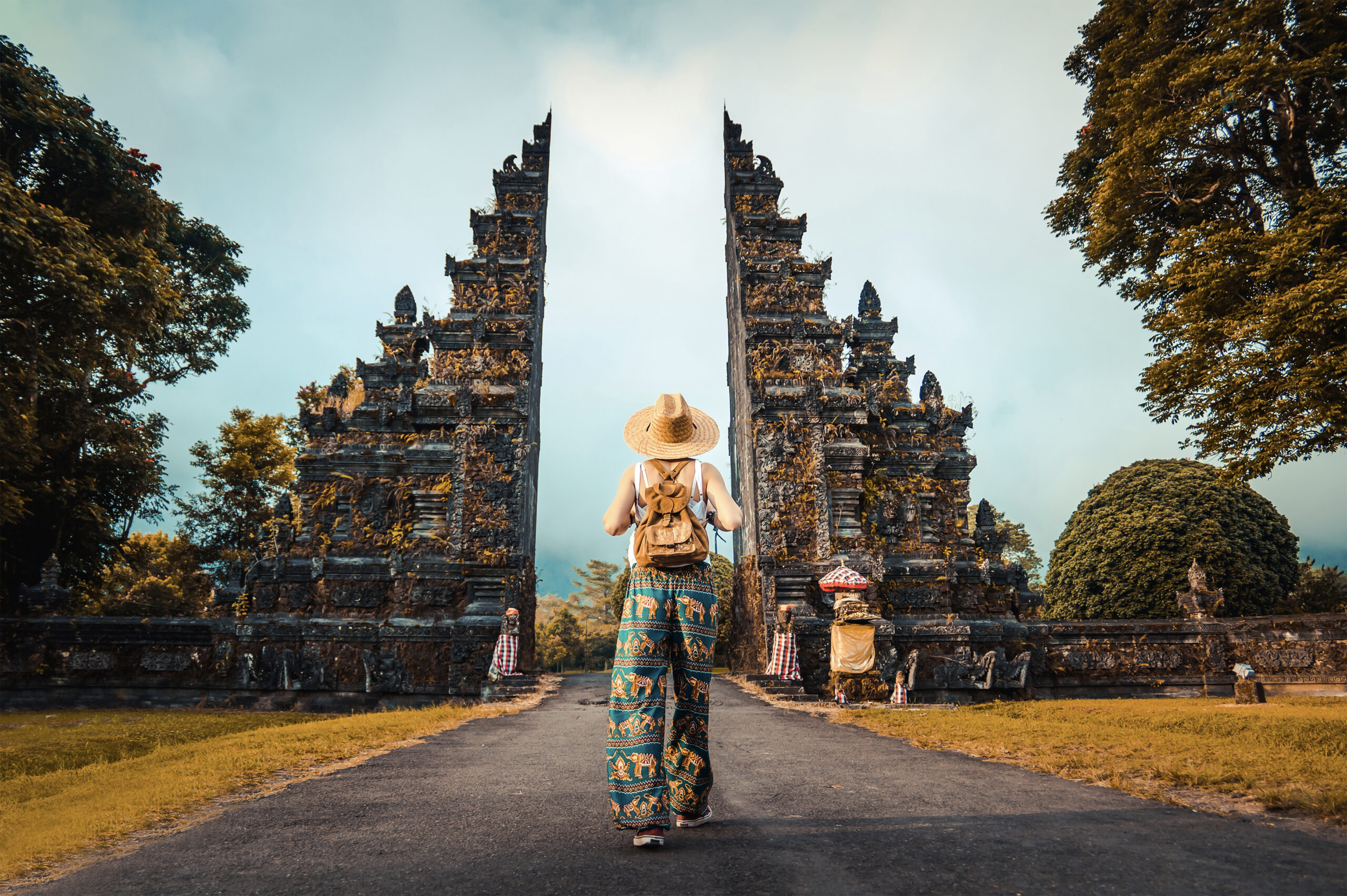
The Price and Privilege of Solitude
Discovering Indonesia’s hidden shores comes with challenges—itineraries must be flexible, comforts sometimes scarce, and journeys often long and complicated. More than once, I found myself stranded by cancelled ferries or waiting days for weather to clear.
Yet these inconveniences are ultimately the guardian of such places’ magic. Each difficult connection filters out more travelers, ensuring that those who arrive have the opportunity to experience these paradises much as they have existed for centuries.
One morning on a nameless beach in the Tanimbar Islands, I woke at dawn to find my footprints from the previous evening still the only marks on an immaculate shore. As I watched the sun rise over the Arafura Sea, a flock of hornbills passed overhead, their wings making a sound like distant thunder. In that moment of perfect solitude, I understood that the privilege of discovering true paradise comes not just from the journey’s difficulty, but from the responsibility to protect these places through how we experience and share them.
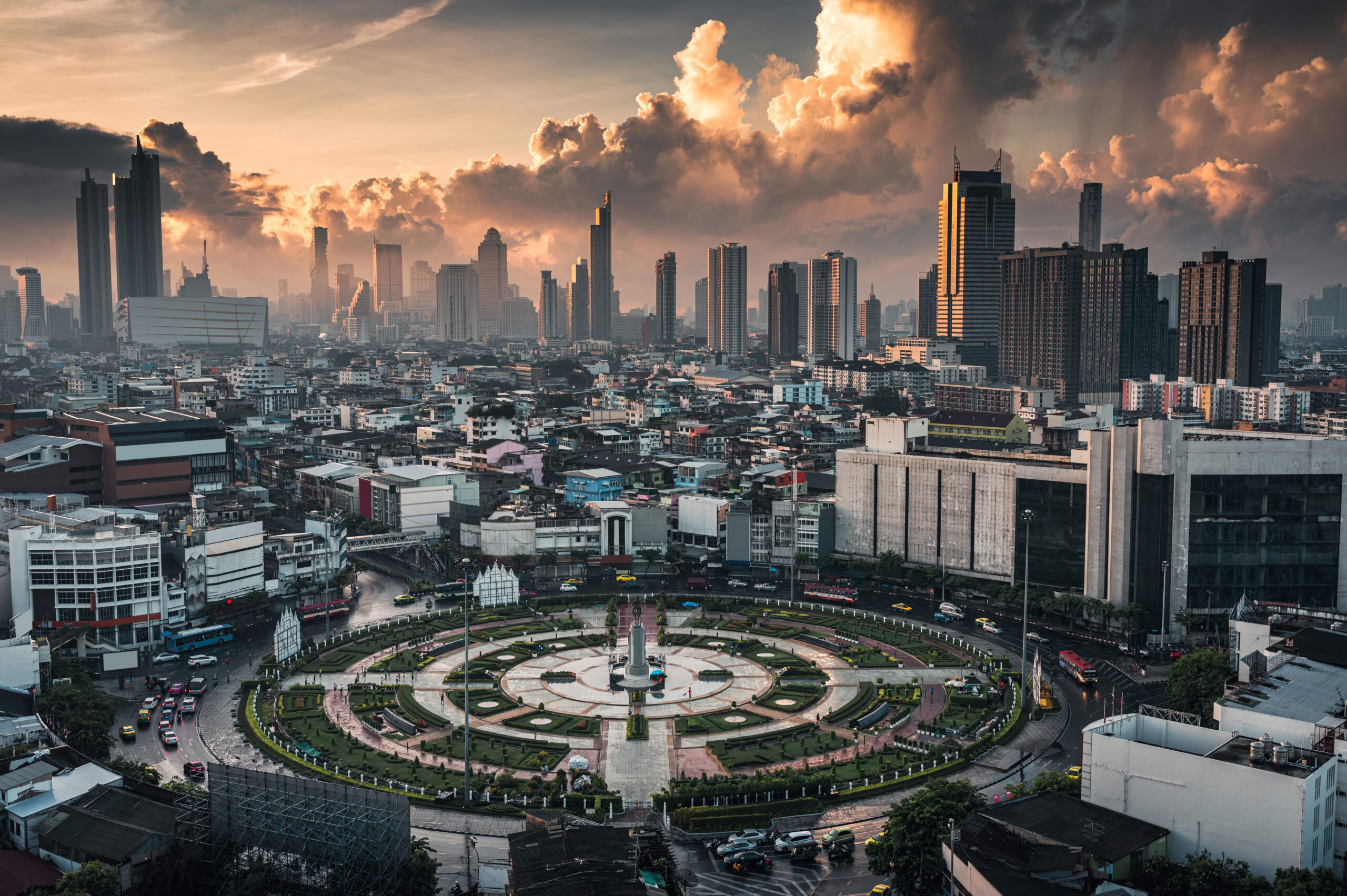
Final Reflections
As my seaplane lifted off from my final destination—a tiny atoll in the Anambas archipelago—I looked down at the perfect circle of reef and white sand receding below. Indonesia had revealed itself not as a single destination but as a constellation of distinct worlds, each with its own character and charm.
The country’s hidden shores offer more than just pristine beauty; they provide increasingly rare opportunities for discovery in a world where true wilderness and authentic cultural experiences grow more precious by the day. For travelers willing to venture beyond the well-trodden paths, Indonesia’s secret paradises offer profound rewards—and the chance to glimpse places where the boundary between heaven and earth seems remarkably thin.
Travel Tips:
- Best Time to Visit: This varies by region in this vast country. For Raja Ampat and eastern Indonesia, October to April offers the best conditions. The Lesser Sundas (Flores, Sumba, etc.) are best visited during the dry season from May to October.
- Getting There: Major international airlines serve Jakarta, Bali, and increasingly Makassar. From these hubs, smaller carriers like Wings Air, Nam Air and Garuda connect to remote destinations. For the most isolated islands, combination tickets involving planes, ferries, and local boats may be necessary.
- Accommodation: Options range from basic homestays to eco-resorts. In remote areas, booking ahead is essential as options are limited. Many islands now have community-based tourism associations that can arrange stays with local families.
- Communication: Purchase an Indonesian SIM card upon arrival (Telkomsel offers the widest coverage in remote areas). Download offline maps, translation apps, and essential phrases before heading to remote regions where connectivity may be limited.
- Responsible Travel: Many remote communities are not accustomed to foreign visitors. Dress modestly, ask permission before taking photographs, and be mindful that your presence leaves an impact. Support community-based tourism initiatives where possible.
- Health and Safety: Bring comprehensive medical supplies, as healthcare facilities can be basic or nonexistent on remote islands. Consider travel insurance with emergency evacuation coverage. Inform someone of your itinerary when heading to very isolated areas.
- Pack Accordingly: Beyond typical tropical essentials, bring reef-safe sunscreen, a good quality mask and snorkel, a waterproof bag for island-hopping boat trips, and gifts for hosts in remote communities (educational supplies for children are always appreciated).








